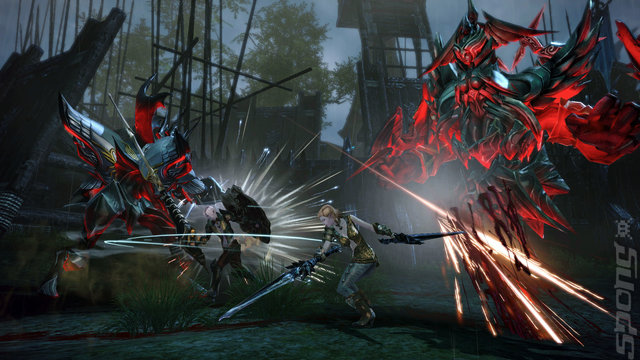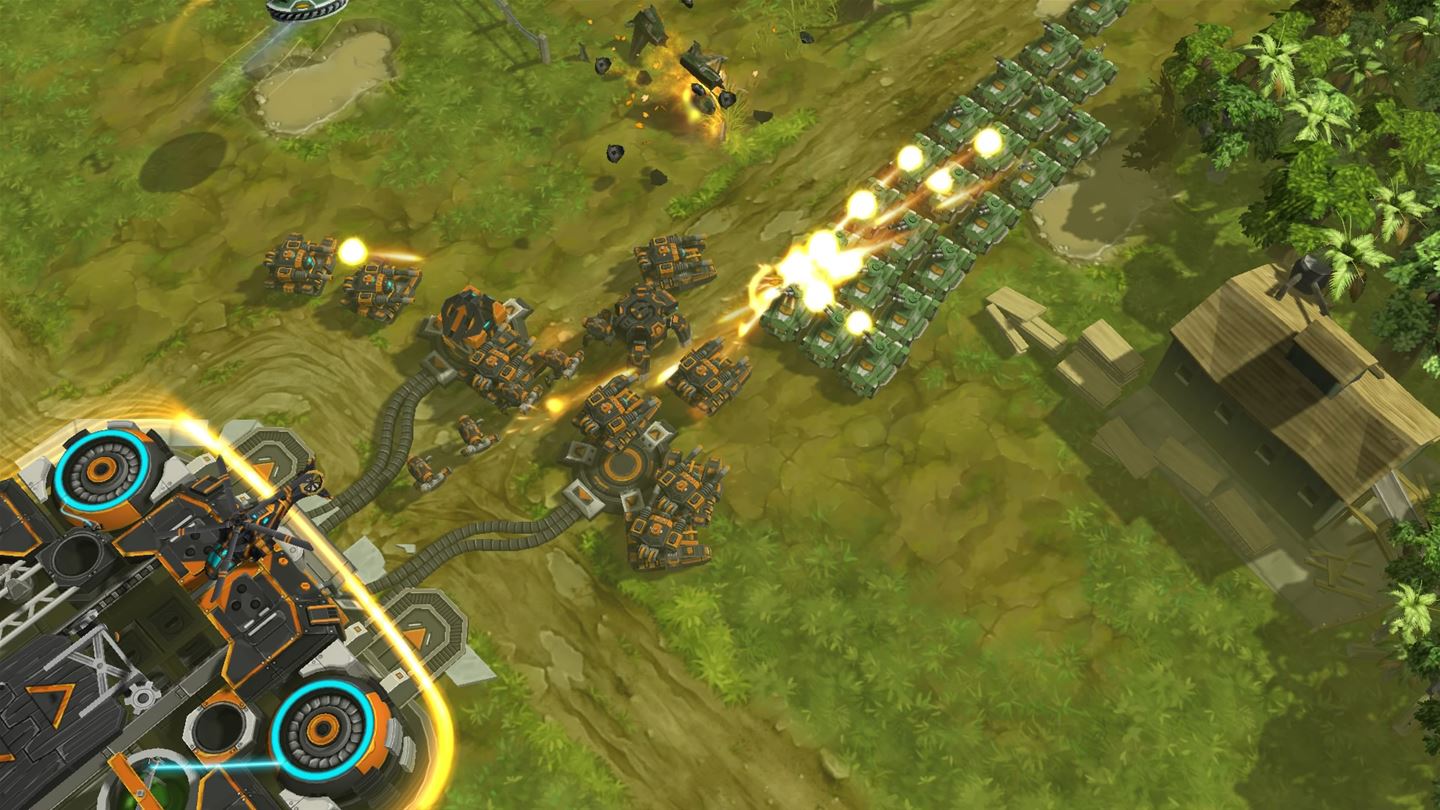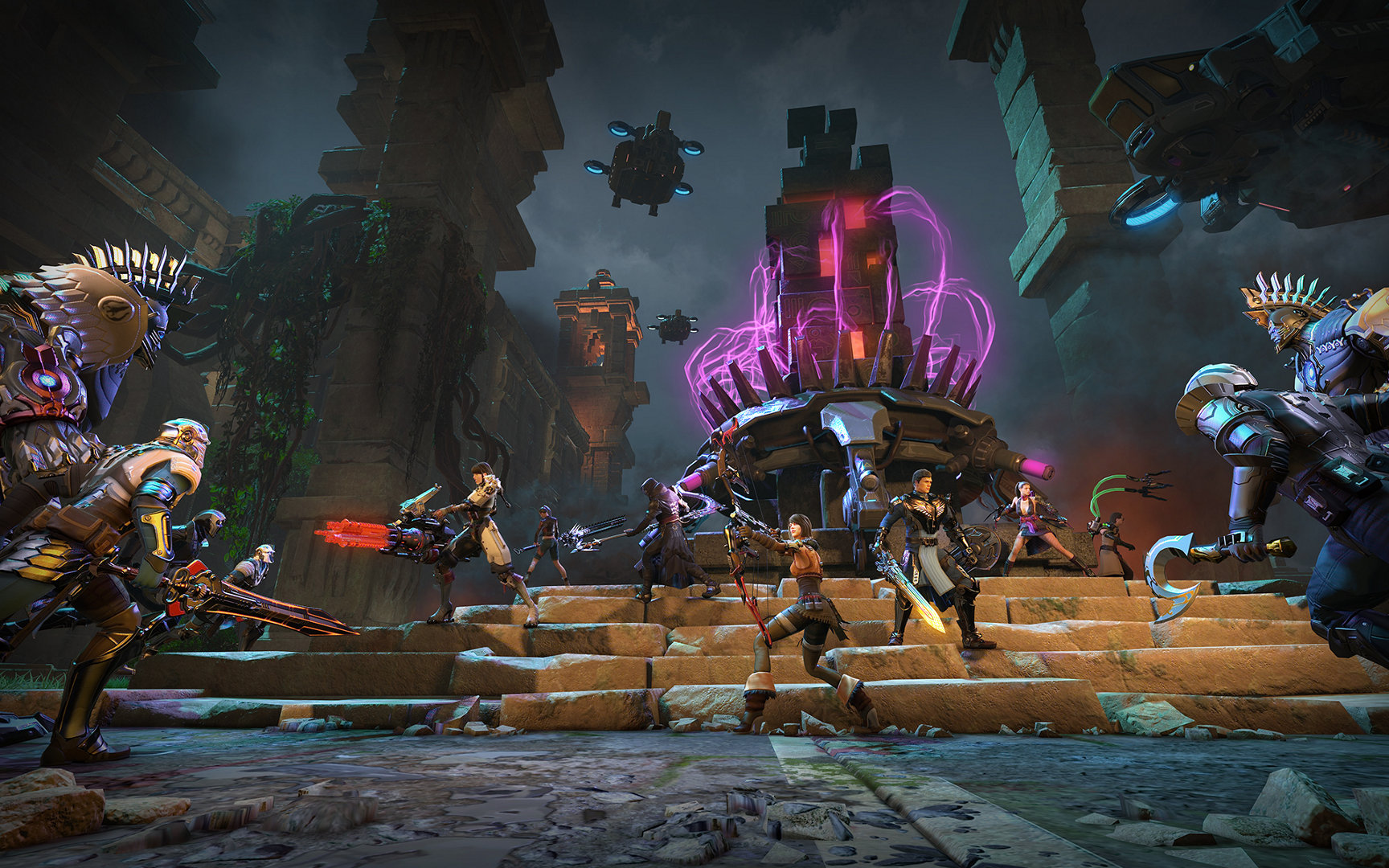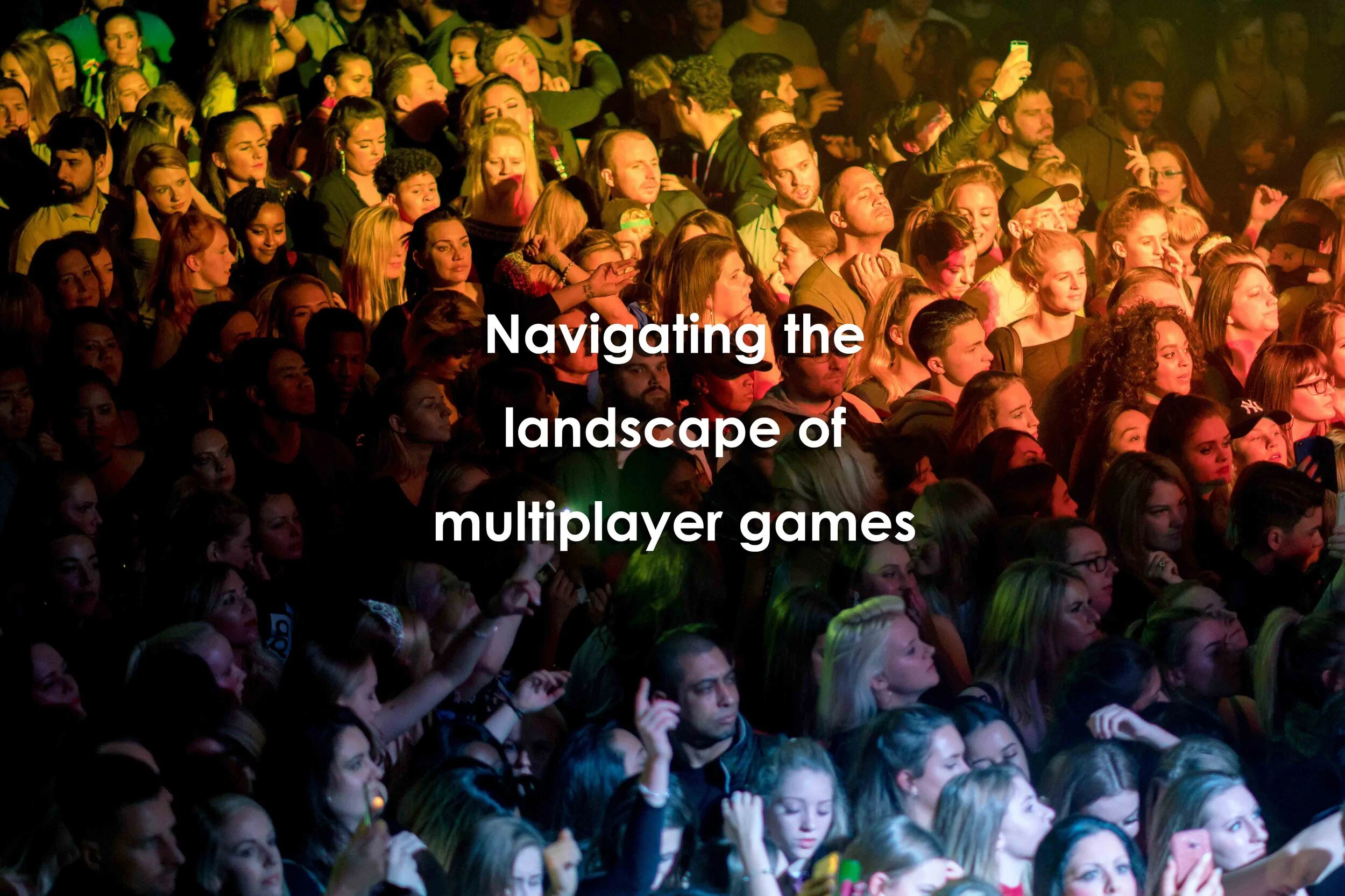The Rise Of The Free-to-Play Multiplayer Landscape: A Comprehensive Exploration
The Rise of the Free-to-Play Multiplayer Landscape: A Comprehensive Exploration
Related Articles: The Rise of the Free-to-Play Multiplayer Landscape: A Comprehensive Exploration
Introduction
With enthusiasm, let’s navigate through the intriguing topic related to The Rise of the Free-to-Play Multiplayer Landscape: A Comprehensive Exploration. Let’s weave interesting information and offer fresh perspectives to the readers.
Table of Content
The Rise of the Free-to-Play Multiplayer Landscape: A Comprehensive Exploration

The digital realm has witnessed a dramatic shift in the gaming landscape, with the emergence of free-to-play multiplayer games as a dominant force. This phenomenon has revolutionized how individuals engage with interactive entertainment, offering unparalleled accessibility and a vibrant, interconnected community experience.
Understanding the Free-to-Play Model:
The free-to-play (F2P) model, in contrast to traditional pay-to-play games, allows players to access and enjoy the core gameplay experience without any upfront cost. This accessibility has broadened the player base significantly, attracting individuals from diverse demographics and socioeconomic backgrounds. However, the revenue model for these games relies on alternative sources, such as microtransactions for cosmetic items, in-game currency, or premium content.
Benefits of Free-to-Play Multiplayer Games:
-
Accessibility: The most significant advantage of free-to-play games is their accessibility. Players can explore a wide range of genres and experiences without financial barriers, fostering a more inclusive gaming community.
-
Community Building: Online multiplayer games, by their very nature, encourage social interaction and collaboration. Free-to-play titles further enhance this aspect, fostering a sense of community among players who share a common interest in the game.
-
Constant Evolution: F2P games often receive regular updates, adding new content, features, and gameplay mechanics. This constant evolution keeps the experience fresh and engaging, ensuring players remain interested in the long term.
-
Diverse Gameplay Experiences: The free-to-play model allows developers to experiment with various gameplay styles and genres, catering to a wider range of player preferences. This diversity enhances the overall appeal of the gaming landscape.
Key Features of Free-to-Play Multiplayer Games:
-
Microtransactions: These are optional in-game purchases that allow players to acquire cosmetic items, in-game currency, or premium content. The monetization strategy is carefully designed to provide a balanced experience, ensuring players can progress and enjoy the game without spending money.
-
Progression Systems: Free-to-play games typically feature well-defined progression systems, allowing players to unlock new content, abilities, and rewards as they invest time and effort into the game.
-
Social Features: Integration of social features, such as in-game chat, guilds, and friend lists, encourages player interaction and community building.
-
Competitive and Cooperative Gameplay: Many free-to-play games offer both competitive and cooperative modes, catering to diverse player preferences and fostering a dynamic gameplay experience.
Examples of Popular Free-to-Play Multiplayer Games:
The free-to-play multiplayer landscape is teeming with popular titles across various genres, including:
- MMORPGs: "World of Warcraft," "Final Fantasy XIV," "Black Desert Online," and "Guild Wars 2."
- Battle Royale: "Fortnite," "Apex Legends," "Call of Duty: Warzone," and "PUBG."
- MOBA: "League of Legends," "Dota 2," "Hearthstone," and "Heroes of the Storm."
- FPS: "Counter-Strike: Global Offensive," "Team Fortress 2," and "Destiny 2."
- Sandbox: "Minecraft," "Roblox," and "Terraria."
Challenges of Free-to-Play Games:
While free-to-play games offer significant benefits, they also face certain challenges:
-
Pay-to-Win Concerns: Some players perceive the microtransaction system as creating an unfair advantage for those willing to spend money. Developers strive to maintain a balance, ensuring that players who do not spend money can still progress and enjoy the game.
-
Toxicity and Cheating: Online multiplayer games, regardless of their monetization model, are susceptible to toxicity and cheating. Developers implement measures to combat these issues, including anti-cheat systems and reporting mechanisms.
-
Addiction and Financial Concerns: The potential for excessive spending on microtransactions can lead to addiction and financial problems. Responsible gaming practices and awareness are crucial to mitigate these risks.
FAQs on Free-to-Play Multiplayer Games:
Q: Are free-to-play games truly free?
A: While the core gameplay experience is free, free-to-play games often offer optional in-game purchases for cosmetic items, in-game currency, or premium content.
Q: Are free-to-play games pay-to-win?
A: Not all free-to-play games are pay-to-win. Reputable developers prioritize a balanced gameplay experience, ensuring players who do not spend money can still progress and enjoy the game.
Q: How do free-to-play games make money?
A: Free-to-play games generate revenue through microtransactions for cosmetic items, in-game currency, or premium content.
Q: What are the best free-to-play games?
A: The best free-to-play games vary depending on individual preferences. It is recommended to research and explore different titles to find the best fit.
Tips for Enjoying Free-to-Play Games:
- Set a Budget: If you choose to spend money on microtransactions, set a budget and stick to it.
- Be Aware of Pay-to-Win Mechanics: Research the game’s monetization system to understand how it impacts gameplay.
- Join a Community: Connect with other players through in-game features or online forums to enhance your experience.
- Take Breaks: Avoid spending excessive time playing free-to-play games, ensuring a healthy balance in your life.
Conclusion:
Free-to-play multiplayer games have transformed the gaming landscape, offering accessibility, community building, and diverse gameplay experiences. While challenges exist, such as pay-to-win concerns and potential for addiction, responsible gaming practices and awareness can mitigate these risks. The future of free-to-play games is bright, with developers continually innovating and pushing the boundaries of interactive entertainment.







Closure
Thus, we hope this article has provided valuable insights into The Rise of the Free-to-Play Multiplayer Landscape: A Comprehensive Exploration. We appreciate your attention to our article. See you in our next article!
